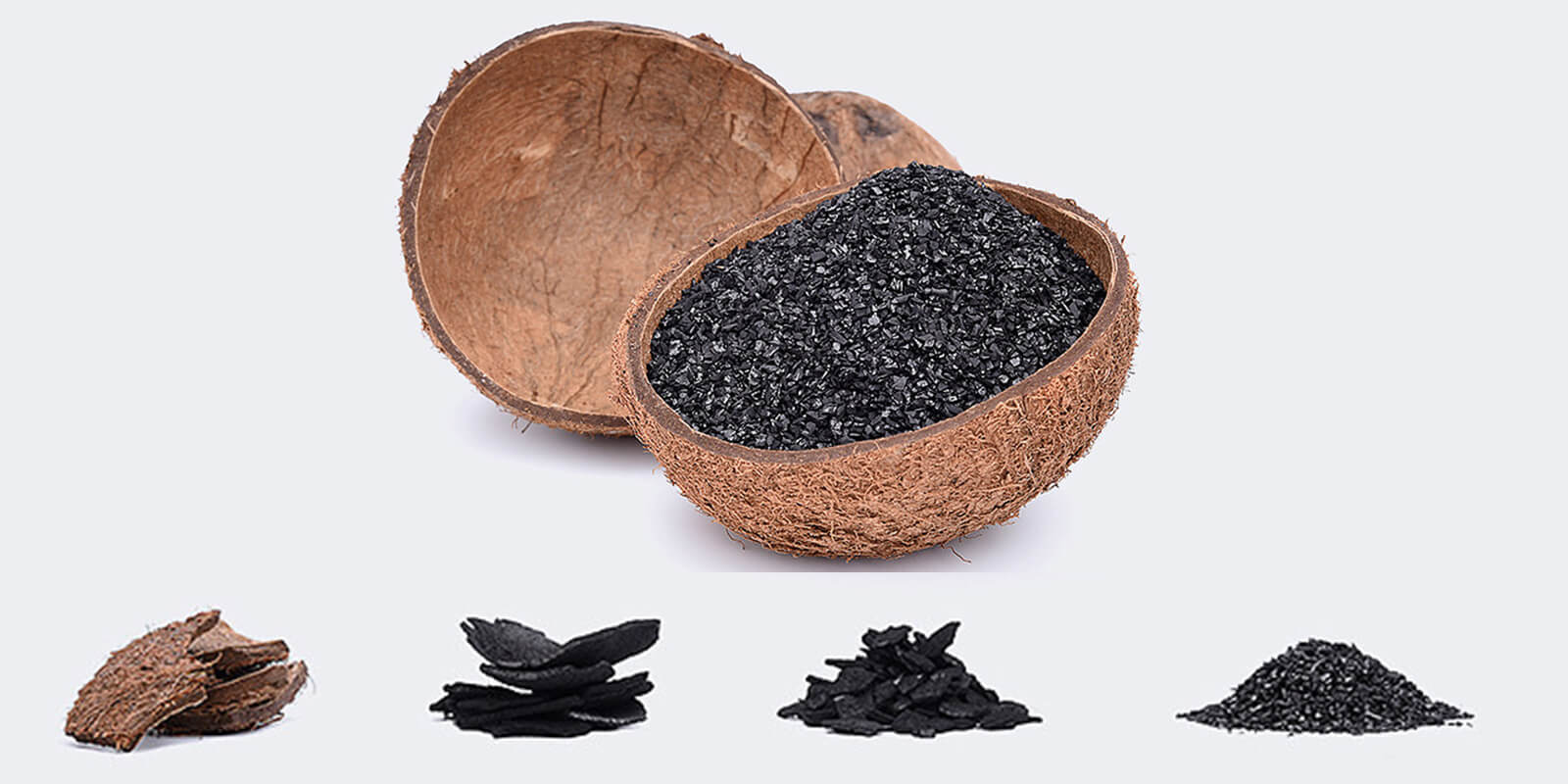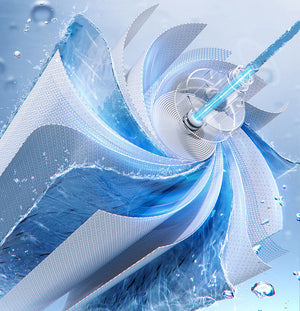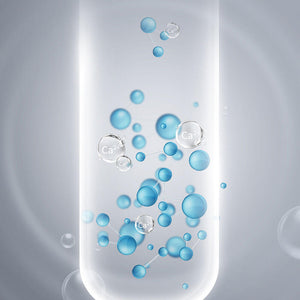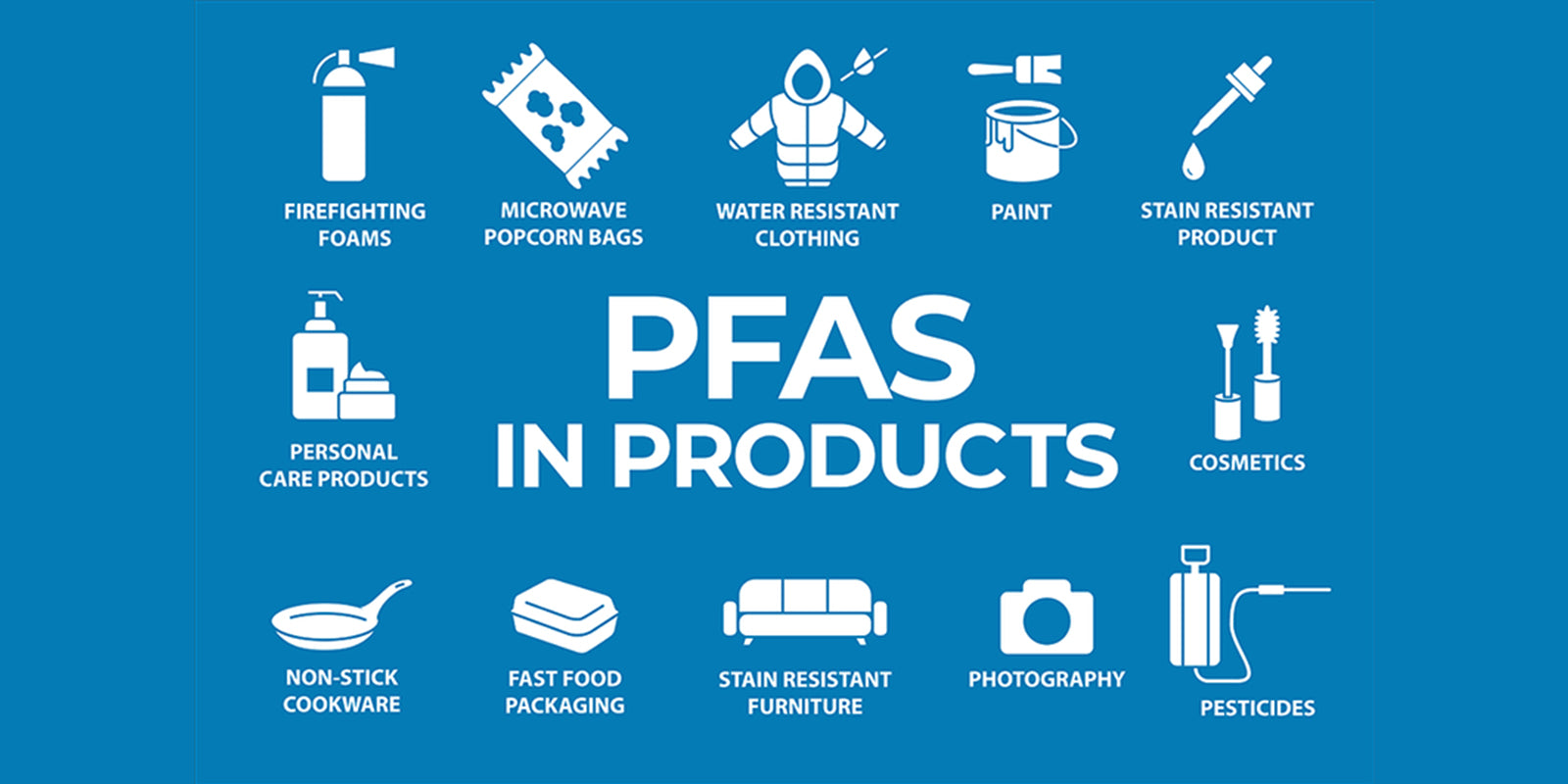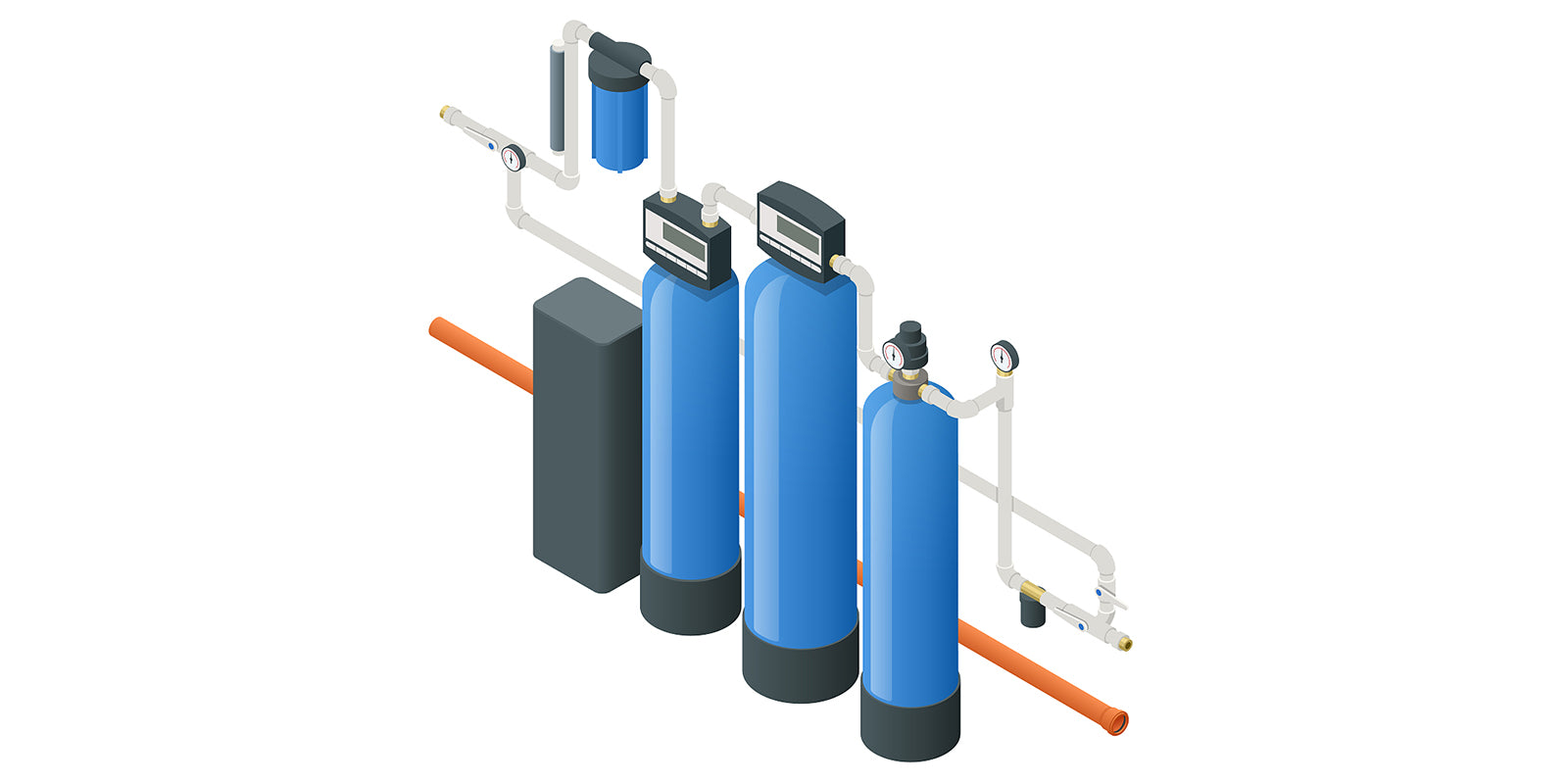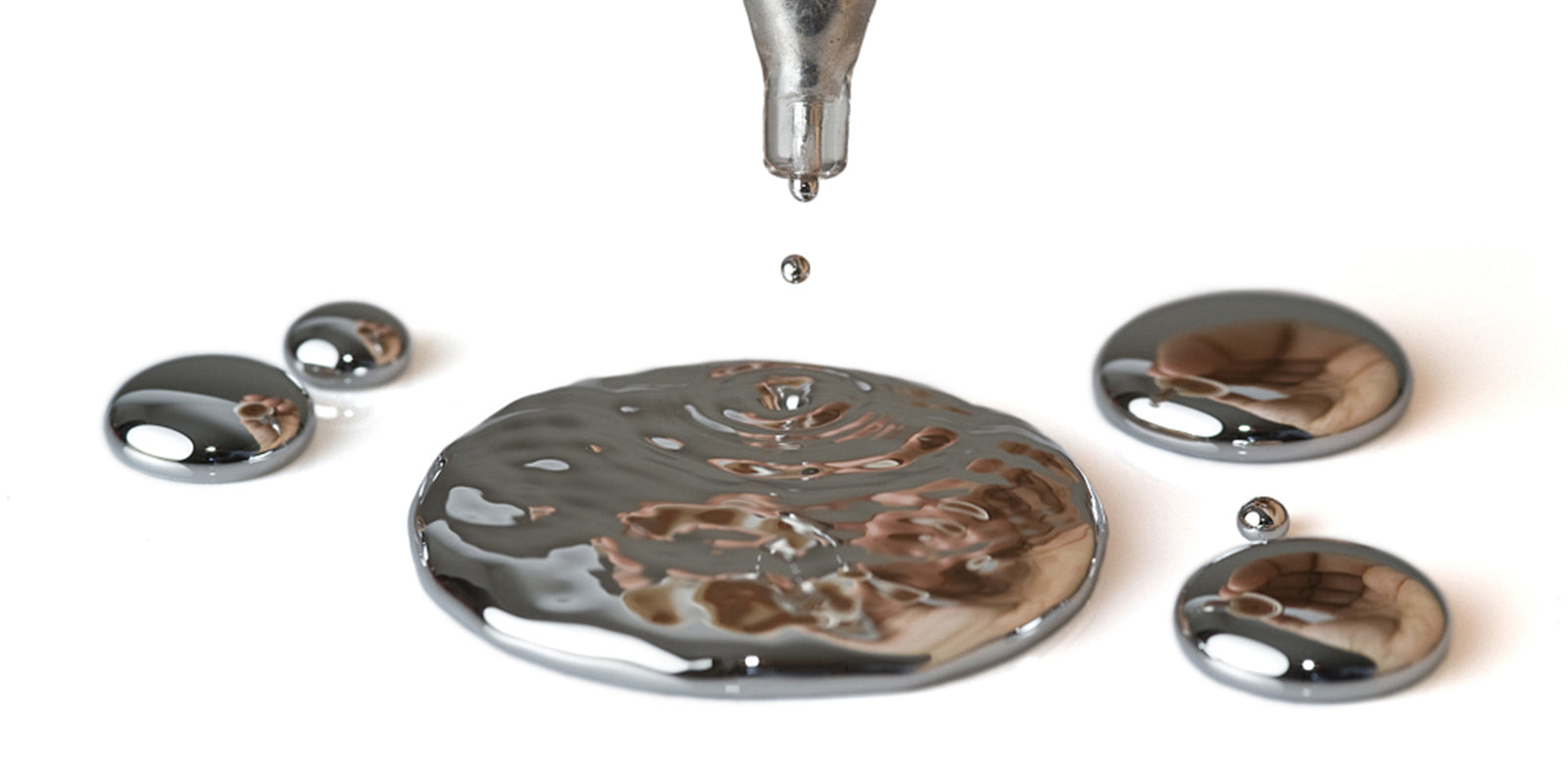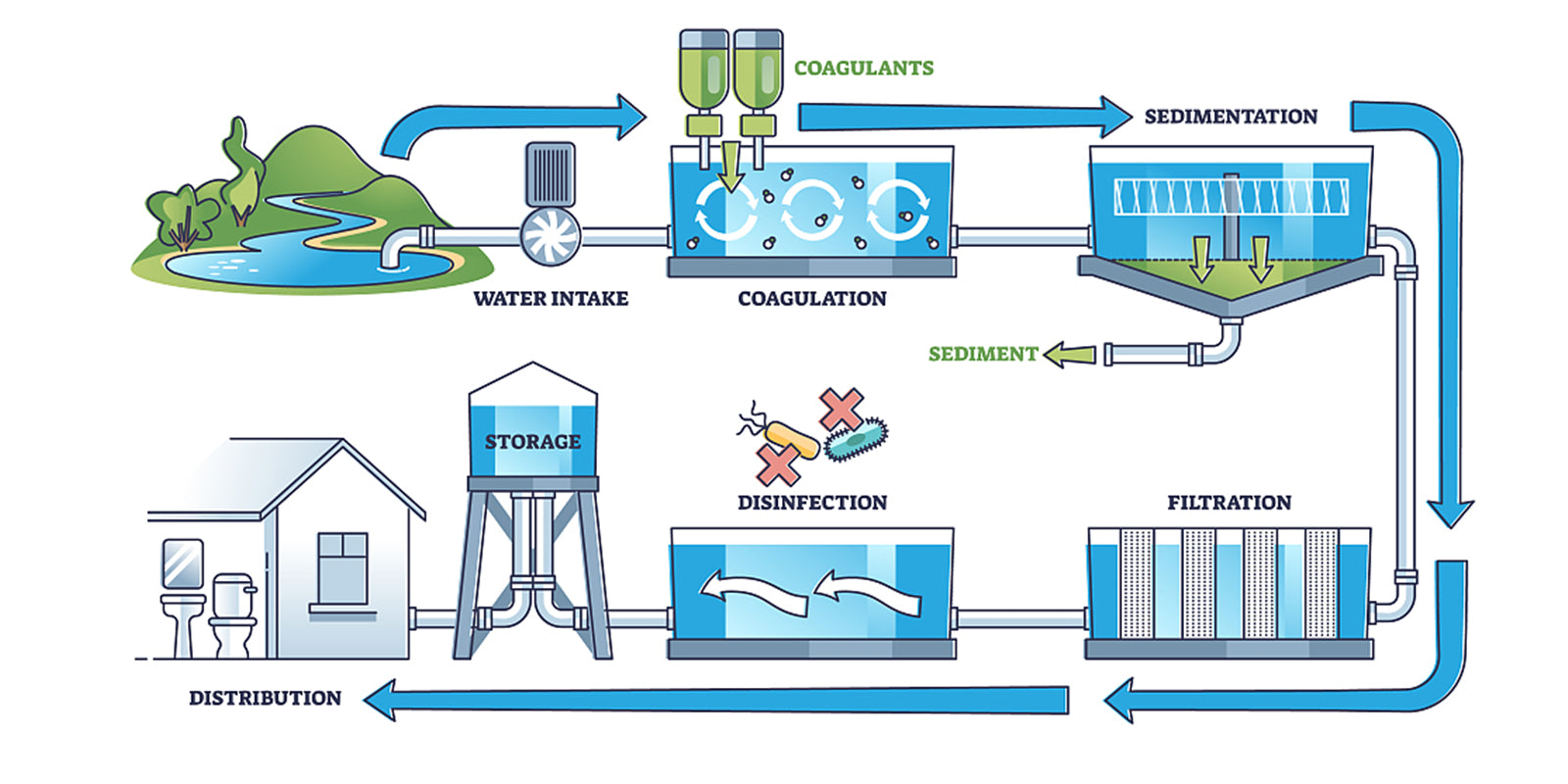The main difference is that the properties are different, the characteristics are different, and the applications are different, as follows:
1. Different nature

A. Nutshell activated carbon
It is made of high-quality environmentally friendly coconut shells, peach shells, walnut shells, jujube shells and other fruit shells as raw materials, and the activated carbon is refined by carbonization, activation, superheated steam catalysis and other processes.
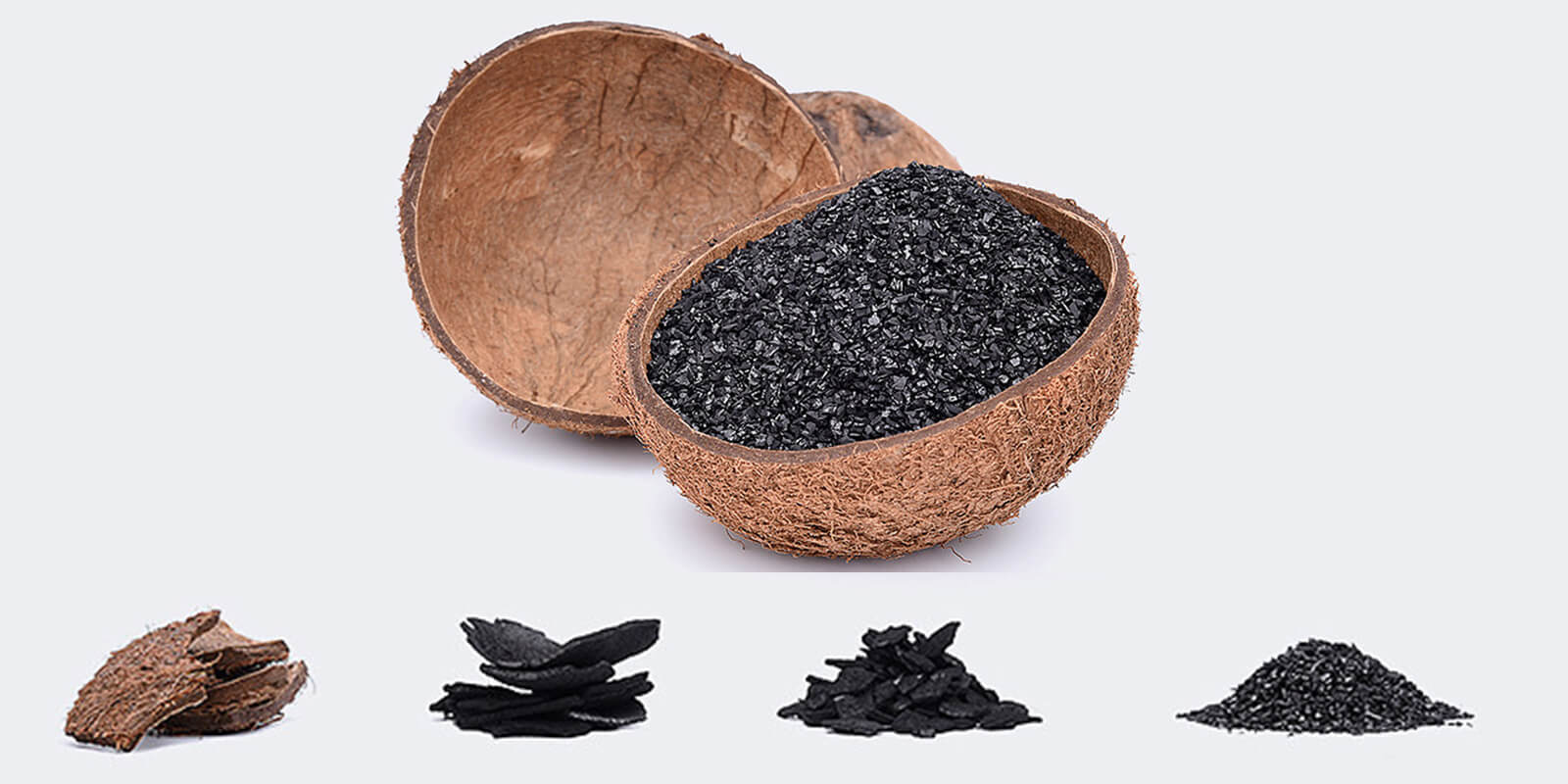
B. Coconut Shell activated carbon
Coconut shell activated carbon is made of high-quality coconut shell as raw material and refined by a series of production processes.
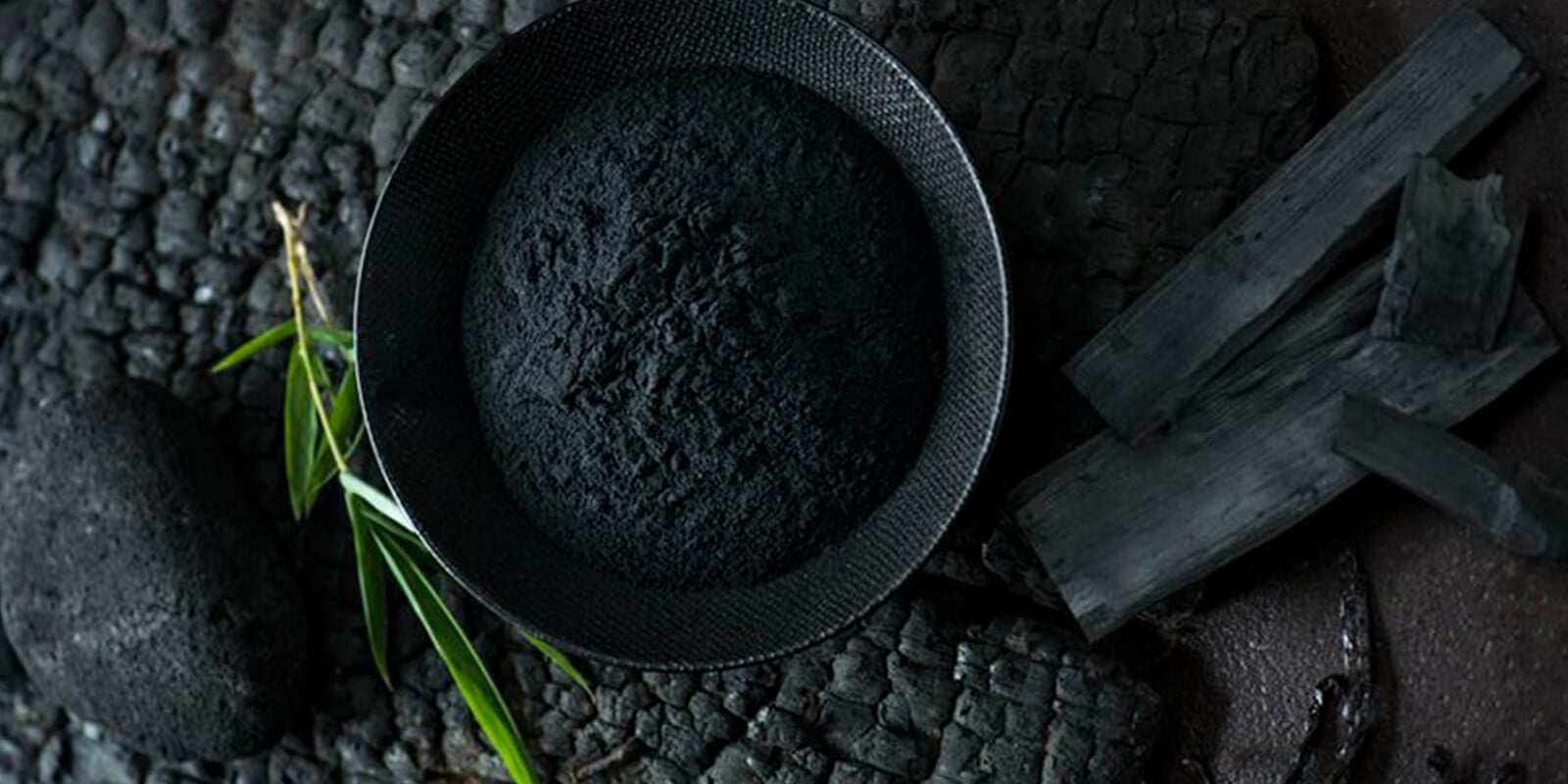
C. Coal activated carbon
Coal-based activated carbon is developed through a series of processes such as carbonization, cooling, activation, and washing.
2. Different Characteristics
A. Nutshell activated carbon
It has the advantages of good wear resistance, developed voids, high adsorption performance, high strength, easy regeneration, economical and durable.
B. Coconut Shell activated carbon
It has the advantages of developed pores, good adsorption performance, high strength, easy regeneration, economical and durability.
C. Coal activated carbon
It has the characteristics of developed pore structure, good adsorption performance, high mechanical strength, easily repeated regeneration and low cost.
3. Different Applications
1. Nutshell activated carbon
Nutshell activated carbon is widely used in deep purification of drinking water, industrial water and wastewater and gas phase adsorption, such as water purification treatment in power plants, petrochemicals, oil refineries, food and beverage, sugar and wine, medicine, electronics, fish farming, shipping and other industries , can effectively adsorb free chlorine, phenol, sulfur and other organic pollutants in water, especially the precursor substances of mutagenic substances (THM), to purify and remove impurities and odors.
It can also be used for industrial exhaust gas purification, gas desulfurization, petroleum catalytic reforming, gas separation, pressure swing adsorption, air drying, food preservation, gas masks, mediator carrier, industrial solvent filtration, decolorization, purification, etc. Separation, purification and purification of various gases, recovery of organic solvents, decolorization, deodorization and refining of sugar, monosodium glutamate, medicine, alcohol and beverages; precious metal extraction; catalysts and catalyst carriers in the chemical industry. The product has the functions of decolorization, purification, impurity removal, deodorization, deodorization, carrier, purification and recycling.
2. Coconut Shell activated carbon
Coconut Shell activated carbon can be used in the gas discharged from chemical plants, tanneries, paint factories and projects using various organic solvents, containing various organic solvents, inorganic and organic sulfides, hydrocarbons, chlorine, oil, mercury and other compounds. Environmentally harmful components can be adsorbed with activated carbon and then discharged. The gas discharged from the atomic energy facility contains radioactive krypton, xenon, iodine and other substances, which must be adsorbed with activated carbon before being discharged. The flue gas generated by the combustion of coal and heavy oil contains sulfur dioxide and nitrogen oxides, which are harmful components that pollute the atmosphere and form acid rain. They can also be adsorbed and removed by activated carbon.
3. Coal activated carbon
(1) Water treatment industry: tap water, industrial water, sewage treatment, purified water, beverage, food, medical water.
(2) Air purification: removal of impurities, odor, adsorption, formaldehyde, benzene, toluene, xylene, oil and gas and other harmful gas substances.
(3) Industry: decolorization, purification, air purification.
(4) fish farming: filter.
(5) Reagent: catalyst and catalyst carrier.

